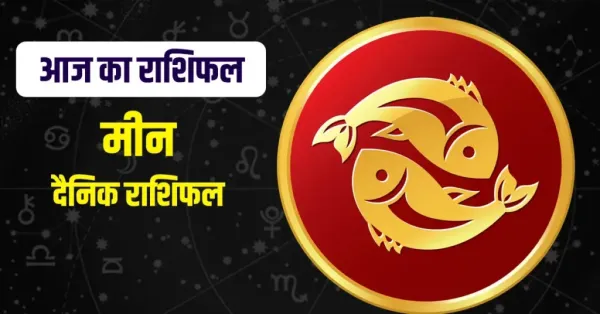
Centuries of science, faith and artistry converged at the 'Golden Ink: A Journey through Arabic and Islamic Manuscripts' exhibition in Abu Dhabi, offering visitors an intimate look at how handwritten knowledge shaped civilisations and still inspires the modern world.
The flagship collaboration between the Department of Culture and Tourism – Abu Dhabi (DCT Abu Dhabi) and McGill University in Canada runs for six months at Qasr Al Watan, until April 2026, before travelling to Montreal in January 2027.
'Golden Ink' traces more than a millennium of scholarship through rare manuscripts drawn from Abu Dhabi Libraries, the Louvre Abu Dhabi, the Zayed National Museum, the private collections of Abu Dhabi Crown Prince Sheikh Khaled bin Mohammed bin Zayed, and the Islamic Studies Library at McGill University — marking the first time McGill’s prized manuscripts have been loaned beyond Canada’s borders.
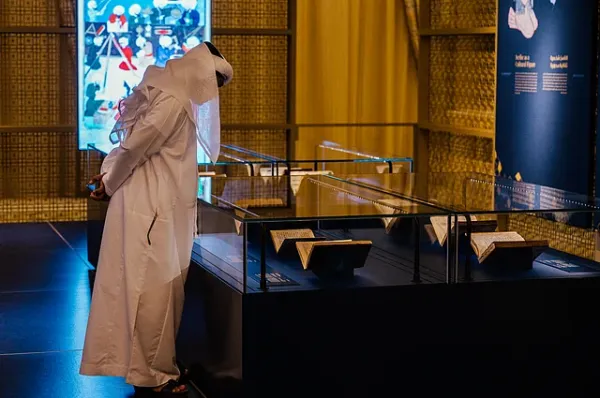
Stay up to date with the latest news. Follow KT on WhatsApp Channels.
From faith to fine artThe story begins with the 'Journey of Arabic Calligraphy', tracing the script’s evolution from the earliest Kufic parchments to the refined artistry of Qur’anic illumination. Among the exhibition’s oldest treasures is an 8th-century Kufic fragment, where angular letters in dark ink stretch across animal-skin parchment.
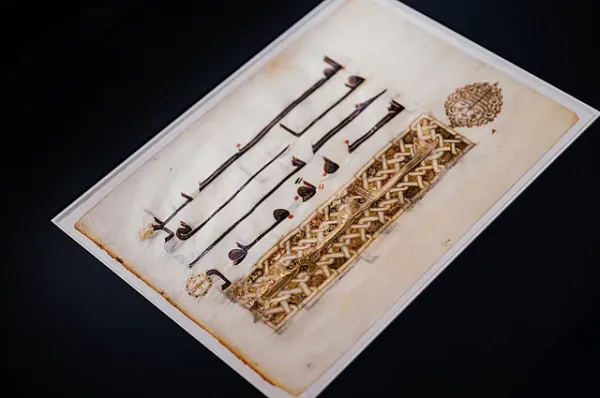
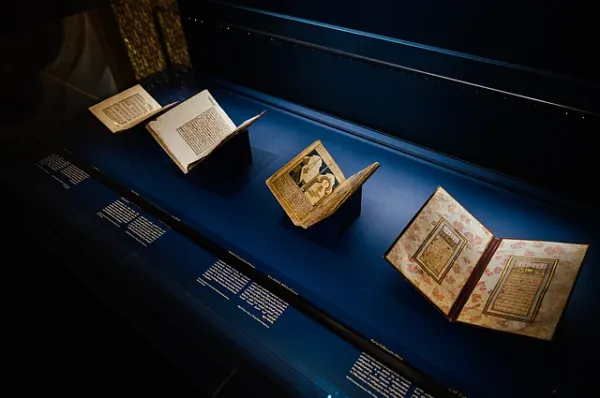
“At that time, they started to beautify writing to preserve the Qur’an,” explained Doaa Nounou, Curator of Manuscripts at Abu Dhabi Libraries. “What began as a necessity became an art form.”
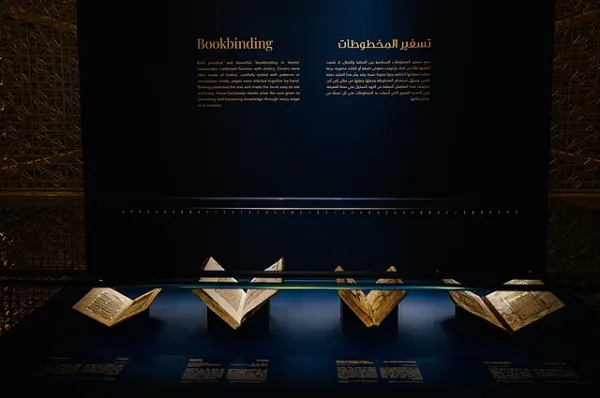
A centrepiece of the show is a shimmering folio from the Blue Qur’an, a 9th-century masterpiece written in gold on indigo-dyed vellum, believed to have originated in Andalusia. Displayed for only one month due to its fragility, it symbolises how beauty and devotion were fused in early Islamic art.
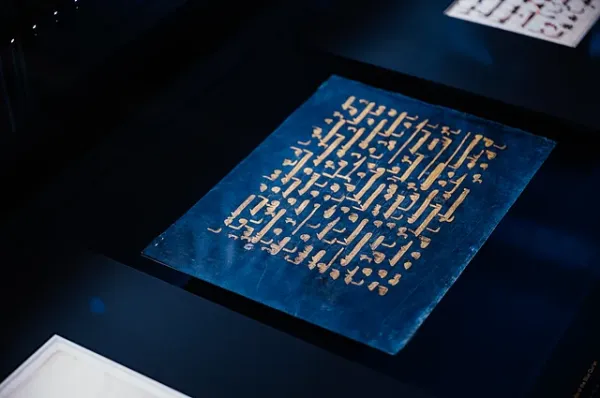 Women who wrote history
Women who wrote history
The exhibition also sheds light on women’s overlooked role in manuscript culture. One rare text, penned by a scribe named Asmaa Al Qahiriya (Asmaa of Cairo) as she journeyed from Cairo to Jeddah on Hajj, bears a touching note: “Excuse my mistakes, for I wrote this on the journey.”
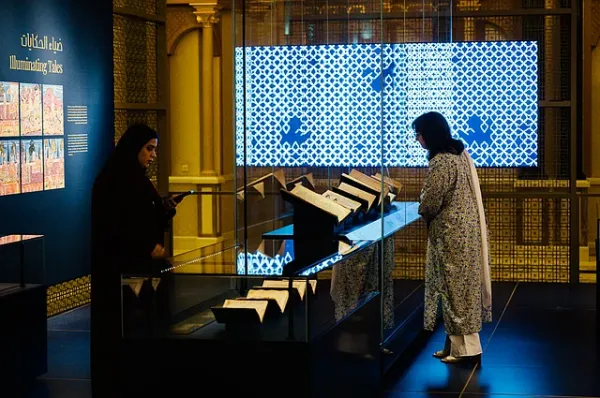
Nounou explained that Asmaa was writing the manuscript recited by her father on her way from Cairo to Jeddah on the hatch, while holding her baby. “It shows that women were not just receiving knowledge; they were producing and transmitting it.”
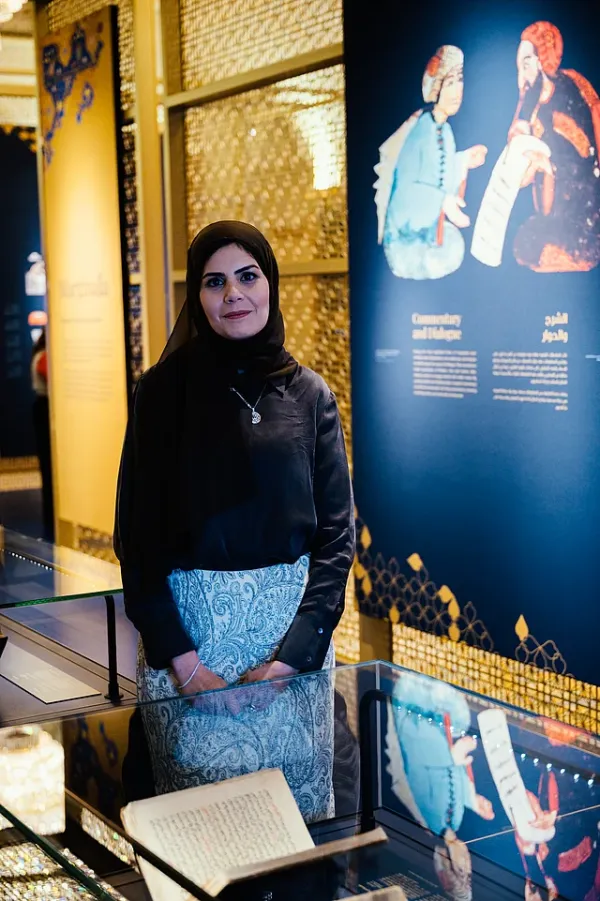
Doaa Nounou
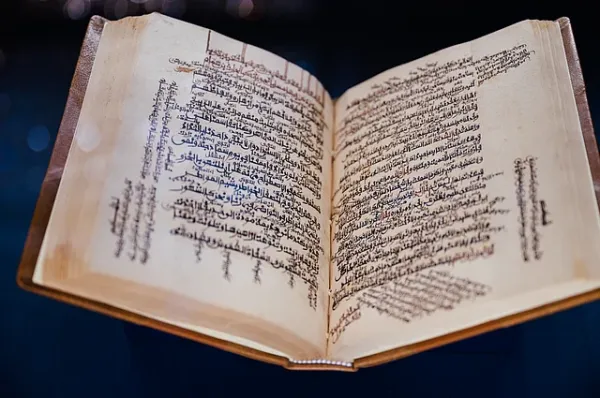
Nearby, a section honours Shahda al-Baghdadiya, the 12th-century calligrapher celebrated as 'Fakhr al-Nisa' — the pride of women — whose students became leading scribes of the Abbasid era.
A bridge between worldsVisitors move through themed zones that trace the evolution of Arabic writing — from Nabataean roots to elaborately illuminated scientific and literary manuscripts. One section focuses on marginalia, or commentary notes written between or around the lines — often by scholars, students or later owners who engaged directly with the text.
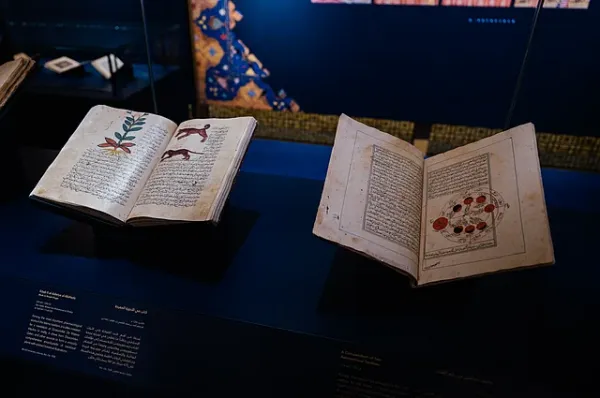
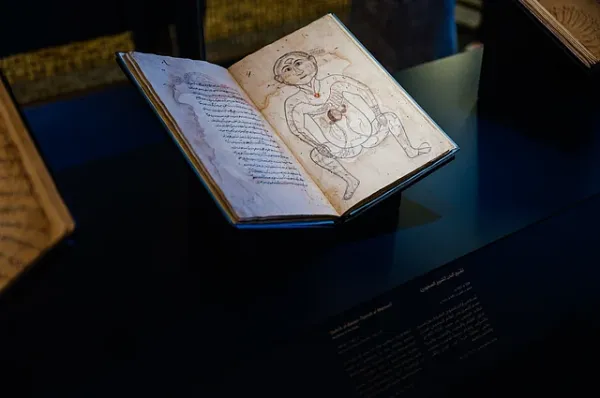
“Manuscripts were not just books,” Nounou said. “They were living dialogues. You can find five or six different pens, different languages, in the same manuscript. Sometimes even sticky notes — centuries before sticky notes were invented.”
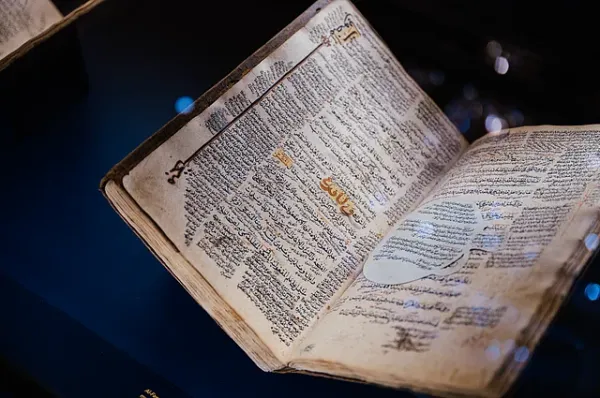
This spirit of exchange underpins the exhibition’s global collaboration. Dr Guylaine Beaudry, Trenholme Dean of Libraries at McGill University, said it marks the first time the Montreal-based institution has lent manuscripts beyond Canadian borders.
“Most of our manuscripts came from private donors,” Dr Beaudry explained. “We do lend them to museums in Montreal or Toronto, but never before outside Canada. So, this is a very special moment; a very far border crossed.”
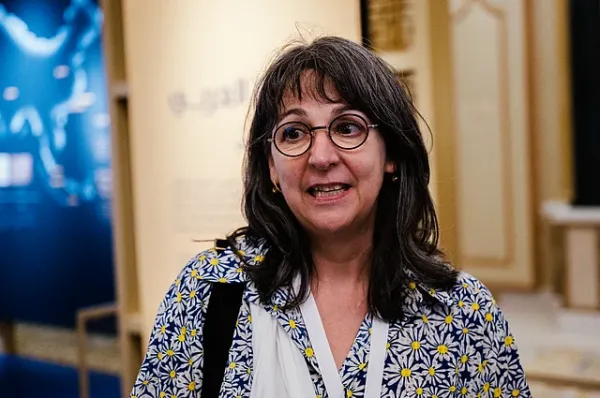
Dr Guylaine Beaudry
Anaïs Salamon, Head of the Islamic Studies Library at McGill, who co-curated the exhibition, said the selection process was driven by storytelling.
“We came up with the themes and looked for the manuscripts that illustrated them best,” she said. “I chose what I found to be the most beautiful manuscripts that could speak visually to visitors.”
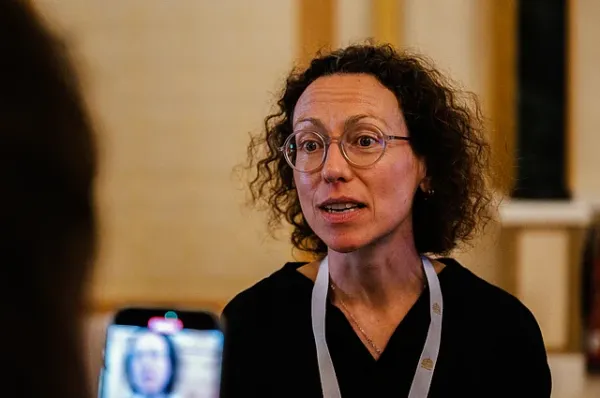
Anaïs Salamon
Illuminating knowledgeA section titled 'Illuminating Knowledge' showcases scientific manuscripts that merged empirical study with artistic detail — pharmacology texts adorned with flowers, and astronomical treatises filled with gold illuminations and planetary charts.
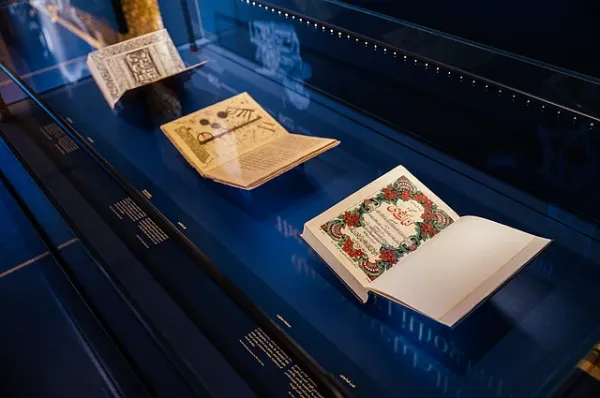
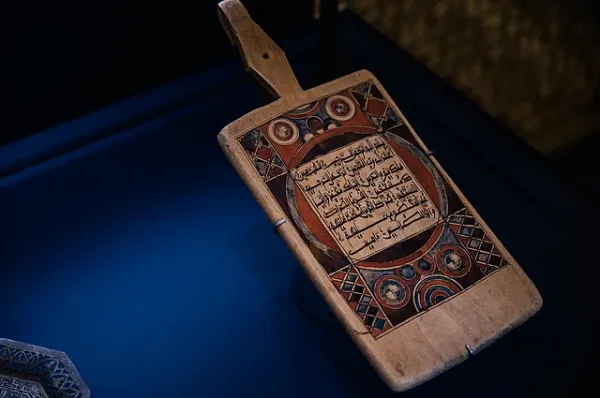
One particularly striking piece from McGill is a geographical manuscript depicting the world from the perspective of the Kaaba at Mecca, with the map oriented “upside down” to place the holy site at its centre — a visual metaphor for faith at the core of knowledge.
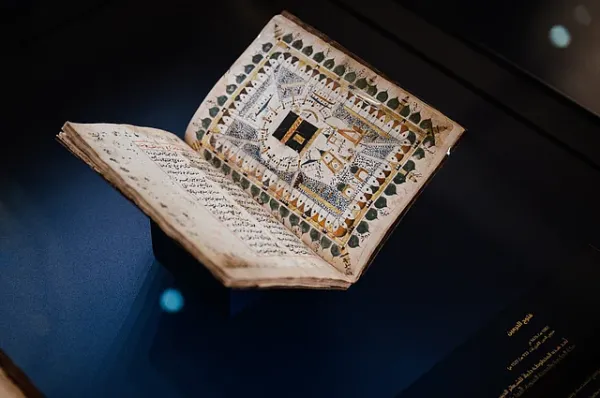
Another manuscript demonstrates how Andalusian Muslims, after the fall of Granada, preserved their religious and linguistic identity by writing Spanish words in Arabic letters — a form known as aljamiado. “They could no longer use Arabic openly,” Nounou explained. “So, they wrote Spanish using Arabic script, to keep their faith and language alive in secret.”
Design inspired by manuscriptsThe exhibition design itself draws from manuscript art. Its wall motifs were inspired by the 'Diwan Hafez al-Shirazi' from McGill’s collection, while the display panels borrow floral and geometric elements from Mughal miniature paintings.
“It’s not about beautiful books only,” Nounou noted. “It’s about showing how deeply rooted this legacy is — in art, in science, and in the way people understood beauty and knowledge.”
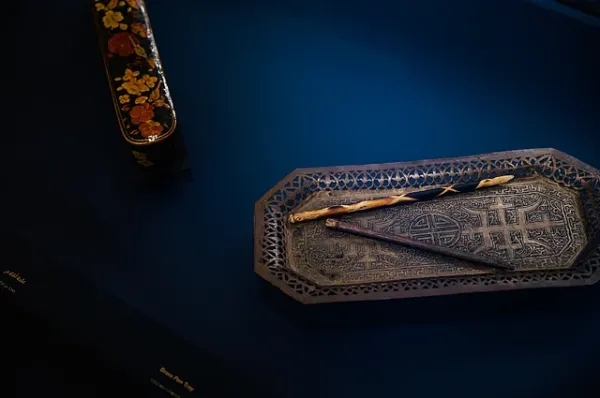
For McGill, the collaboration will continue; the entire exhibition will travel to Montreal in 2027, allowing Canadian audiences to explore the same manuscripts. “It’s one of the messages we want to bring to our community,” said Dr Beaudry. “To say: look at these beauties. This is where part of our science comes from.”
'Believe in storytelling': How curating helps Arab collector to 'challenge stereotypes' UAE: Rare book worth over Dh400,000 takes centre stage at Abu Dhabi International Book Fair 'A way to memorialise village life': How these Arab women are preserving history for future generations Sharjah: Rare Holy Quran manuscripts dating back to 7th century on display-
Karwa Chauth 2025 Looks: The most elegant wants to appear on Karva Chauth, then 5 styling tips

-
Invest and get the best returns

-
Budgeted bride allegedly nabs wedding florals from McDonald’s

-
Make easy hair masks with neem and yogurt, hair will become long, thick and shiny

-
9 October 2025: Stars are bringing good news for Pisces people, but be careful with these things!
